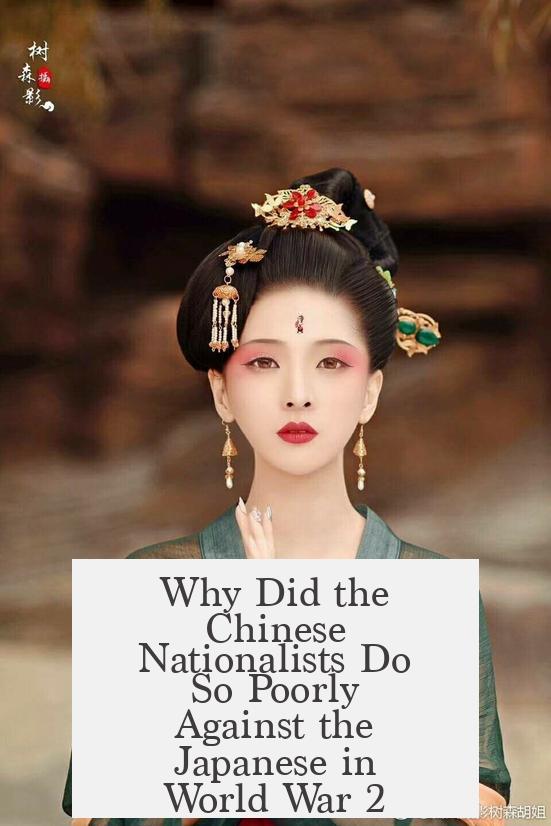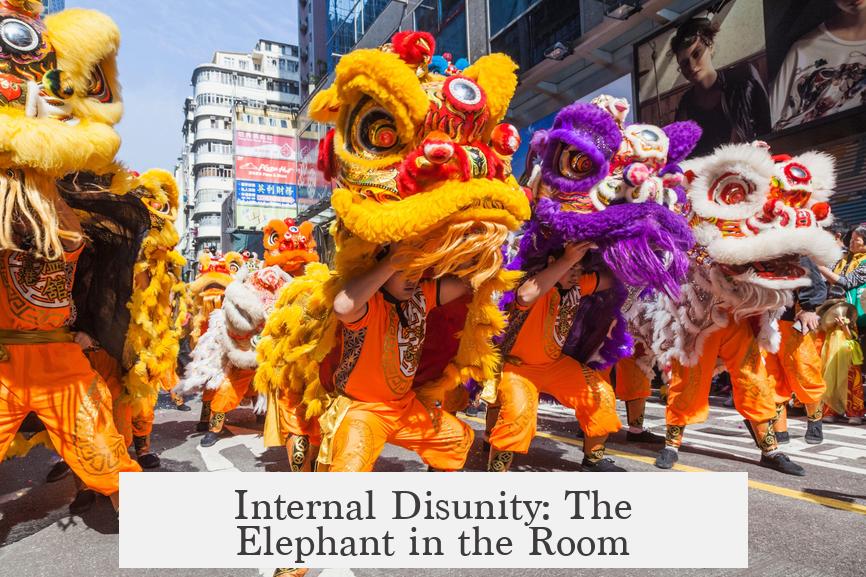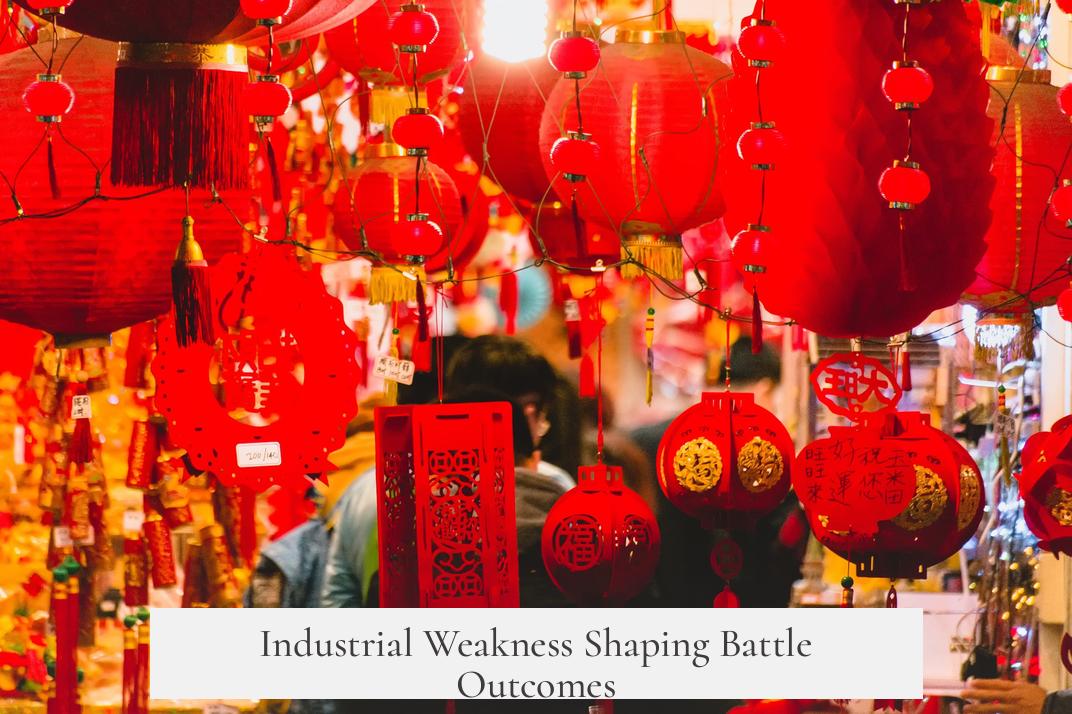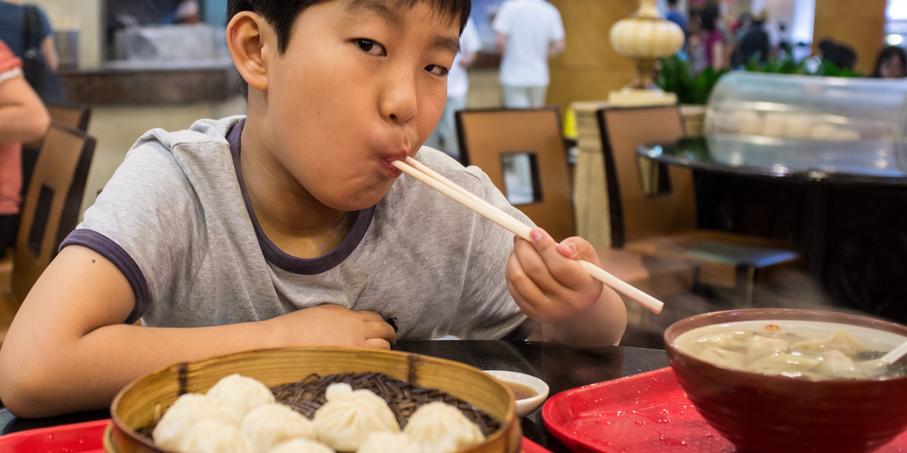The Chinese Nationalists performed poorly against the Japanese in World War II due to several key factors: internal disunity, weak central government, lack of resource control, economic and industrial weaknesses, and ongoing civil conflict.
The Chinese Nationalist government, led by Chiang Kai-Shek and the Kuomintang (KMT), had only recently reunited China after decades of fragmentation under warlords. This reunification was fragile, having lasted less than a decade before Japan’s full-scale invasion in 1937. The legacy of the warlord era meant China lacked a strong, centralized authority capable of effectively mobilizing and coordinating the nation’s resources and military forces against Japan. Unlike Japan, which had a stable, unified government and a modernized military, China struggled with fragmented control over its territory and resources.
During the warlord period, various regional military leaders controlled large parts of China independently. Even after nominal reunification under the KMT, many warlords acted as semi-autonomous vassals. They supplied limited manpower and material to the nationalist war effort, if at all. Some defected or collaborated with the Japanese when defeats loomed. For instance, the Shanxi warlord shifted allegiance to Japan, while the warlord of Jinan abandoned the defense of the strategically vital Shandong Peninsula. This fractured internal front considerably weakened China’s overall resistance.
China also faced significant challenges in accurately gauging both its military manpower and civilian populations due to its weak administrative capacity. The lack of an effective bureaucratic system hindered the Loyalist government’s ability to conscript soldiers or maintain coherent logistical support. This administrative weakness compounded its military disadvantage compared to Japan’s modern army, which was better equipped in terms of armored vehicles, navy, and air forces. Japan had invested in standardizing and modernizing its military since its reunification, while the Chinese army was still building its capabilities.
The Chinese economy and industrial base were underdeveloped relative to Japan’s at the war’s outbreak. Although the KMT government made efforts to industrialize and train elite infantry units during the Nanjing Decade (1928-1937), these resources were concentrated in the northern plains. The Japanese swiftly seized much of this industrial heartland during their advance, capturing key factories and cities. Although China moved a significant amount of industrial machinery and millions of refugees to safer southern and western mountainous regions, the loss of territory critically limited China’s capacity to sustain prolonged industrial war production, thus impacting its ability to equip and replace forces.
The Chinese Civil War further complicated China’s wartime effort. Before Japan’s invasion, the Nationalists and the Communists under Mao Zedong had been in conflict. Only a forced truce allowed them to unite temporarily against Japan. However, internal distrust and hostilities persisted. The Communist forces remained a disruptive factor during the war, engaging in guerilla activities that sometimes conflicted with the Nationalists’ strategies. This internal disunity diverted focus and resources from the primary fight against the Japanese invasion.
The often-cited casualty figures in this conflict are frequently misunderstood or misrepresented. China incurred massive civilian losses estimated at around 20 million during its war with Japan, much higher than Japan’s military casualties in the Chinese theater (approximately 480,000). Military deaths for China ranged around 3-4 million. The high civilian casualties reflected the brutal nature of the conflict, including atrocities such as the Nanjing Massacre, whose death toll estimates vary from 100,000 to over 300,000. Poor record-keeping and chaotic wartime conditions make it difficult to arrive at precise figures, but the scale of loss and suffering was undeniably vast.
| Factor | Explanation | Impact |
|---|---|---|
| Internal Disunity | China’s recent reunification under KMT; warlords with semi-autonomous control | Limited manpower/material mobilization; some warlords defected |
| Weak Central Government | Inadequate bureaucracy and administrative capacity | Difficulty in conscription; poor resource management |
| Economic/Industrial Weakness | Loss of industrial plains to Japanese occupation | Reduced war production; limited military supplies |
| Civil War | Hostilities between Nationalists and Communists | Diverted resources and focus from fighting Japan |
| Military Disparity | Japan’s longer modernization and unified forces | Japanese superiority in armor, navy, and air force |
The Chinese Nationalists faced a complex set of hurdles in their resistance against Japan. Fragmented governance, internal political rivalries, limited industrial capacity, and Japan’s military advantages all contributed to their poor performance. Additionally, the massive civilian toll reflected the war’s devastating toll on Chinese society. Despite their struggles, the Nationalist forces tied down significant Japanese troops, affecting the broader course of World War II in Asia.
- China’s fragmented control weakened its military coordination and resource mobilization.
- The warlord legacy led to defections and unstable regional defenses.
- The industrial base was limited and lost significant territory to Japan early in the war.
- Internal conflict between Nationalists and Communists diverted attention and resources.
- Japan’s unified and modernized military had significant advantages in equipment and training.
Why Did the Chinese Nationalists Do So Poorly Against the Japanese in World War 2?

The Chinese Nationalists struggled against the Japanese in World War II because of deep internal divisions, weak governance, resource scarcity, limited industrial strength, and the complications of an ongoing civil war. Let’s unpack these issues and see why the Chinese Nationalists had such a tough time holding off one of the best-prepared militaries of the era.
Picture this: China in 1937 was sort of like a giant jigsaw puzzle with pieces that didn’t quite fit. The country had only recently reunited after decades of being a patchwork of warlords. Chiang Kai-Shek and his Kuomintang (KMT) led a central government based in Nanjing, but their control was tenuous at best. Japan, on the other hand, was a united, highly modernized state with a military vacuum-packed with tanks, planes, and battleships—all ready to move.
Getting the Numbers Straight: Casualties and Chaos
First off, you might have heard that China lost 20 million people to Japan’s 70,000 in WWII. That’s a misleading snapshot. The huge Chinese death toll mostly counts civilian casualties. According to the National WWII Museum, civilian deaths in China during the war hover around 20 million, partly because much of the fighting happened on Chinese soil. Military deaths were about 3-4 million for China, while Japan suffered roughly 480,000 military deaths fighting in China, per the Library of Congress.
Death counts here vary widely because China’s bureaucracy at the time struggled with accurate record-keeping. Add to that horrific events like the Nanjing Massacre, where estimates of deaths range from 100,000 to over 300,000, and you can see why pinning down specifics is tricky. Still, let’s not lose focus: the human cost certainly speaks volumes about the scale and brutality of the conflict.
Internal Disunity: The Elephant in the Room

One of the biggest reasons the Chinese Nationalists fared poorly was China’s *internal* disunity. The KMT had barely solidified control, having reunited the country only a decade before Japan’s invasion. Decades of warlord rule, stretching from the late Qing dynasty’s fall in the 19th century through a fractious 1916-1928 warlord era, left scars. China was still feeling the aftershocks when it had to face a full-scale invasion.
Contrast that with Japan, which remained unified and steadily built a modern, standardized military. Japan’s forces featured superior armor, naval fleets, and aircraft, all operating under a cohesive command structure. Meanwhile, the Chinese central government struggled to even build a properly trained infantry. This yawning gap wasn’t just about military hardware; it reflected decades of political instability that the KMT simply hadn’t had time to fix.
Lack of Control Over the Country’s Own Resources
Imagine trying to run a marathon while constantly checking that some teammates aren’t secretly switching teams mid-run. That’s basically the predicament of the Chinese Nationalists. While Japan had full control over its own resources and overseas colonies, China’s resources were fragmented. The KMT only directly controlled areas around Nanjing. The rest of the country belonged to various warlords, each practically independent.
This decentralization meant the Nationalists couldn’t count on consistent troop or material support. Worse, some warlords defected to Japan when things didn’t look good for China. For example, the warlord in Shanxi province flipped to Japan, leaving the Nationalists’ defenses vulnerable. Even in the Shandong Peninsula, where the Yellow River could have been a natural line of defense, local warlords gave up fighting, further undermining China’s defense efforts.
Industrial Weakness Shaping Battle Outcomes

On the battlefield, armies need more than men—they need machines, ammunition, and supplies. China’s industrial base was fragile. The KMT attempted serious industrialization during the “Nanjing Decade” (1928-1937), focusing on building industry in the northern plains, the same regions Japan sought to capture first. So, when the Japanese invaded, they seized China’s industrial heartland early on.
The Chinese had to move factories and populations to the mountainous south and west to protect them—think of it as a strategic mass exodus. However, this relocation dragged China’s industrial capacity down at a critical time. Elite German-trained infantry divisions were an impressive force but difficult to replace, highlighting China’s scarce resources. Japan’s more robust and better-positioned industry gave it a decisive edge in sustained warfare.
The Complication of Civil War
China wasn’t only fighting the Japanese. Before and during the invasion, the country was also embroiled in a bitter civil war. The KMT was locked in a deadly struggle with Mao Zedong’s communists. Despite a rough truce shortly before Japan’s full-scale assault, Mao’s forces used guerrilla warfare techniques that often undermined the KMT’s war efforts.
This ongoing civil war drained resources and attention. KMT forces couldn’t entirely focus on external threats while worrying about internal enemies. So, while Japan faced a divided opponent, Chiang Kai-Shek had to balance the external invasion against the ticking time bomb of communist insurgency.
Putting It All Together: What Can We Learn?

The Chinese Nationalists’ poor performance against Japan wasn’t just about battlefield tactics or individual battles lost. It was the culmination of many interconnected factors:
- Disunity: A fragmented political landscape with warlords operating semi-independently.
- Weak Central Authority: Less than a decade of true national governance by the KMT.
- Limited Resource Control: Only certain pockets of China were fully under KMT’s control.
- Economic and Industrial Deficits: Difficulty in maintaining and relocating industry weakened supply lines.
- Ongoing Civil War: Internal conflict distracted and diluted efforts against the Japanese invaders.
Compare this to Japan’s unified, industrialized, and battle-hardened army, and the disparity becomes clearer. The Chinese Nationalists faced an uphill battle from the start, fighting not just the Japanese invaders but the legacy of fragmentation, disorder, and limited means.
Final Thoughts: Could China Have Done Better?
Was there a way for the Chinese Nationalists to stand stronger? Possibly, if the internal divisions were healed sooner and resources centrally managed. A more coordinated war effort and deeper industrialization might have made a difference. However, history rarely presents tidy “what-ifs.” The Communist insurgency, the vastness of China itself, and the sheer might of Japan’s military created an almost impossible challenge.
Fast forward years later, the Communist victory in the Chinese Civil War and the transformation of China’s military and industrial power altered the course of history dramatically. But during World War II? The Nationalists were fighting battles on multiple fronts—political, military, and social—with too many weak links in the chain.
In conclusion, the Chinese Nationalists’ poor showing against Japan wasn’t just a military failure. It was a reflection of deep systemic problems that only decades later would begin to be resolved. Understanding this complex backdrop helps us appreciate the enormous challenges China faced during one of the deadliest wars in human history.




